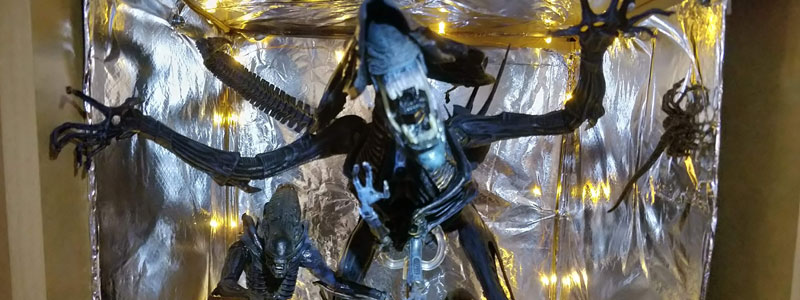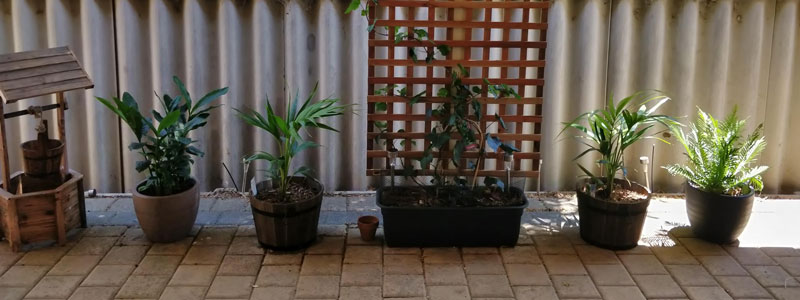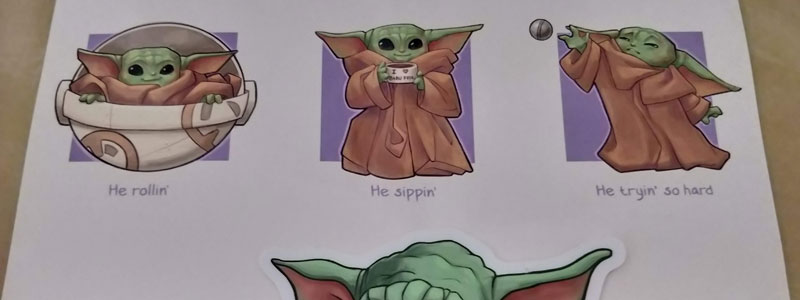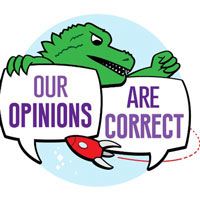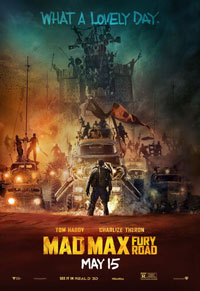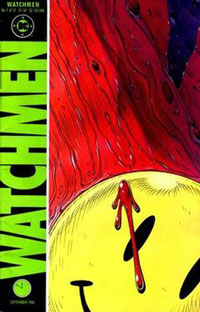(January 1 – 5)
Before we begin, a few quick notes on the blog format for 2020. As with last year, the intention is to have my blog posts focus mostly on writing. I also want to make them a little more straightforward to write (and as a consequence, one hopes, better to read). Last year I ended up getting a bit drawn into endless write-ups on films and books, and while I do like writing about films/books/podcasts that inspire me, I’ve decided that I don’t need to write something about every single bit of media I consume. Therefore you’ll see two brand new sections below this one, with a little intro on each.
For the curious, I’ve labelled this first post as ‘Week 0’ partly because it’s not a full week (I’m stubbornly starting from Jan 1, instead of the closest Monday) but also because this week has been less about actual writing and more about setting things up for this year.
So what needs setting up? One of the first things I habitually do at the end of the year (or, more realistically, at the start of the new one) is to analyse my writing stats from the previous 12 months. That typically requires some extra time to update all of my daily totals in my tracker, to write them up in a blog post, and to then set up the tracker for the new year (and if anyone’s interested in checking out the spreadsheet I use for this, I’m always happy to share).
Next comes the blog. I’m usually a fair bit behind on the blog by the end of the year, but I always have my notes written up, and the Christmas break gives me the free time needed to turn them into readable blog posts. Once that’s out of the way, I finally feel mentally ready to set up the blog for the new year. This is usually requires nothing more than setting up a fresh Google Docs template to use, but as always part of the thrill of the new year (for me) is getting to start something new. That means I like to tweak the format (as covered above) and make sure the template is juuust right.
For this year, the main change has been putting a table at the top of the template for me to log everything I’ve watched, read and listened to. Clearly this is not something that’s going on the eventual blog posts, but I find it tremendously helpful to have an ongoing log such as this.
And now, once all that’s done—cleaned up the old and prepared the new—I’m ready to begin.
Learning from the good
This new-ish section of the blog is for me to pick one thing that I’ve learned from something that I’ve watched, read or listened to, and which will hopefully contribute towards me becoming a better writer. That’s it. A bit like last year’s blog, but more focused.
One of my very modest ambitions for the two-week Christmas break was to finally sit down and watch the new Watchmen series. Now, watching nine episodes over two weeks might not seem that ambitious, but having two kids means I can only watch in the evenings (once the Kinderbeast has settled down—and sometimes one episode can take a loooong time to get through if the beast is not settled), and Christmas shenanigans means that my available number of evenings is also reduced (but for the best reasons).
I’d held off watching the show until now mostly because of Damon Lindelof who, in my experience, is a writer who distributes massive plot-holes and dangling threads throughout his work, and then fails to stick the landing. For that reason, I’d already decided to wait until the show had concluded before considering it safe to venture forth.
Well, the short version is that I’m now ready to completely reappraise my view of Lindelof because Watchmen is an incredible show that holds together from the very first moment, to the final scene. In a year that has seen some incredible television, this is easily one of the best shows I’ve watched.
But what have I learned from Watchmen? One of my favourite aspects of the show is the way it parachutes you directly into its world without any hand-holding. There are things going on which don’t get explained until towards the end of the series. There are numerous tiny details—things which distinguish this as a very different world from our own—that the viewer is not only required to notice by themselves, but are trusted to. Because of this, far from feeling lost and confused, I was utterly gripped right from the first scene. I didn’t always know what was going on, but I knew I wanted to find out, and I knew that I would be given all of the information eventually. Every moment was like its own little cliffhanger, built with the promise of a pay-off to the patient viewer.
It takes skill to do this, to bury exposition into every scene, but it also takes courage to trust that the viewers will join you for that ride. We see so many films and shows where everything is explained to us. For comparison, check the first episode of Daybreak (which I really liked) which makes an admittedly stylistic choice to use narration to set the scene, but still requires that you’ve fully understood the world you’re in by the end of the first episode.
In my own writing I naturally try to keep exposition to a minimum—since exposition is the enemy of good writing—but I’ll look back on Watchmen as evidence that you can trust the reader so long as the world you’re building is compelling and fully realised.
Fixing up the bad
This section is for me to look at an area of my life that requires some degree of improvement. Ideally writing related, but probably not every week since that’s likely to get repetitive in short order.
Before the New Year I’d considered taking a break from social media. There are a few reasons for this: mostly that it’s depressing to see how awful [a small minority of] people can be; but also because the people in charge of platforms like Twitter and Facebook seem to have no interest in cleaning things up and working harder to protect their more vulnerable customers (or products, if you like). So, it’s hard for me to keep supporting platforms that work this way.
But, there is also a lot of good on social media: I engage with friends there; I keep up with news; I learn things every day that help broaden my understanding of the world. Hence the idea of taking a break, just to see if I missed it or not.
In the end, I did not take a break as whatever it was that was driving me to do so seemed to diminish over the last couple of weeks of the year. Maybe it was Christmas spirit 😉
Instead, I’ve decided to take a more active approach to blocking people. If I encounter anyone that I feel compelled to engage with in a negative way, or that really makes me despair of humanity, then I simply block them: out of sight, out of mind. There’s a risk that it will turn my twitter into a bit more of an echo chamber, but my opinion remains that you should tolerate and analyse a wide range of views, beyond your own, but you don’t extend that courtesy to Nazis or to people who actively promote harm to others. You do not tolerate the intolerable, and you do not offer balance to those who have no intention of engaging in good faith in the first place.
And, so far, it’s working.


